Black Ash Tree
- November 14, 2024
- 0 comment
The Black Ash Tree (Fraxinus Nigra Marsh) is a deciduous tree native to North America, particularly valued for its ecological contributions and cultural significance.
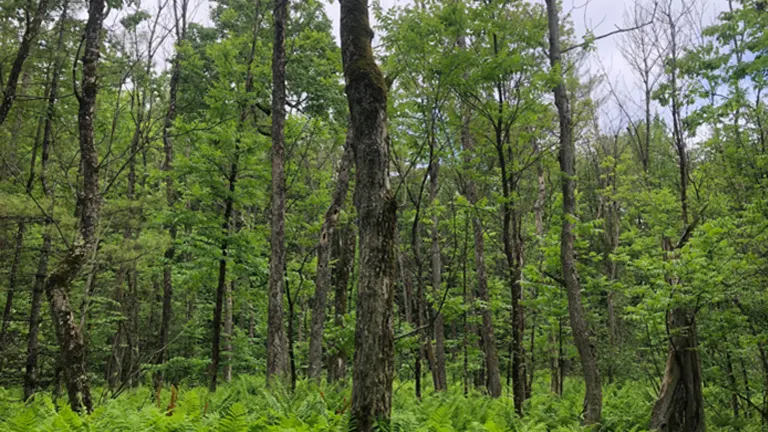
It is known for its adaptability in wetland areas and has long played an important role in biodiversity by supporting wildlife and promoting healthy ecosystems. This tree is especially significant in wetland forest communities, contributing to soil stabilization and water regulation.
What Is a Black Ash Tree?
The Black Ash Tree is scientifically classified as Fraxinus nigra, a member of the Oleaceae family. Unlike other ash trees, Black Ash is primarily found in moist environments like swamps and wetlands, where it thrives. The tree is known for its medium height, typically reaching 40-60 feet, and its unique bark and leaves.
Main Characteristics of Black Ash Tree:
- Leaves: The leaves are compound, with 7–11 leaflets that turn yellow in the fall. These leaves are pinnately compound, meaning they grow in pairs along a central stem.
- Bark: The bark is gray to light brown and has a distinctive flaky texture, which differentiates it from other ash species.
- Flowers: Small, inconspicuous flowers appear in spring, lacking petals but producing pollen, essential for pollinators.
- Interesting Fact: The wood of the Black Ash Tree is especially flexible and durable, which has historically made it popular for basket-making and other traditional crafts.
| Characteristics | Black Ash Tree |
|---|---|
| Scientific Name | Fraxinus Nigra Marsh |
| Common Names | Black Ash, Swamp Ash |
| Family | Oleaceae |
| Native Region | Eastern North America, including the northeastern U.S. and Canada |
| Plant Type | Deciduous tree |
| Size | 15–25 meters (50–80 feet) in height |
| Leaves | Compound leaves with 7–11 serrated leaflets, bright green, turning yellow in fall |
| Flowers | Small, purple clusters blooming in early spring |
| Propagation | Typically from seeds; prefers moist, well-drained soil and full to partial sunlight |
| Drought Tolerance | Low; thrives in wet, swampy areas but struggles with drought |
| Cultural Uses | Used in basket weaving due to flexible wood |
| Ecological Role | Provides food and habitat for wildlife, supporting biodiversity |
| Notable Species | Fraxinus Americana (White Ash), Fraxinus Pennsylvanica (Green Ash) |
| Hardiness Zones | USDA zones 3–6 |
| Growth Rate | Moderate growth under favorable conditions |
| Lifespan | Up to 150 years with proper care |
Unique Traits: One fascinating characteristic of the Black Ash Tree is its adaptability to wetland environments, where its roots help prevent soil erosion. Its typical lifespan can exceed 100 years under optimal conditions, adding lasting benefits to its ecosystem.
Three Different Types of Black Ash Tree Species
The Fraxinus Nigra is the primary species of Black Ash, distinguished by its preference for moist, swampy conditions. Unlike its close relatives, such as the White Ash (Fraxinus Americana) and Green Ash (Fraxinus Pennsylvanica), the Black Ash thrives best in areas with higher soil moisture content.
Black Ash (Fraxinus Nigra)
Grows up to 15–25 meters tall with slender, upward-reaching branches. Its leaves turn yellow in the fall.
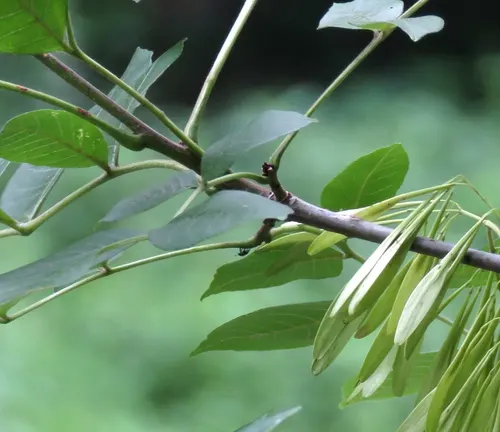
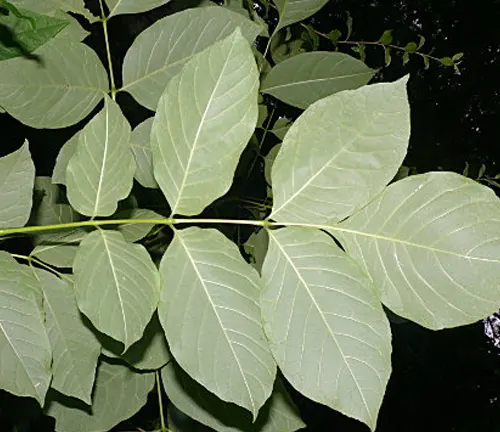
White Ash (Fraxinus Americana)
Taller and broader, typically found in well-drained upland areas.
Green Ash (Fraxinus Pennsylvanica)
More adaptable to various soil types but less commonly found in wetlands compared to Black Ash.
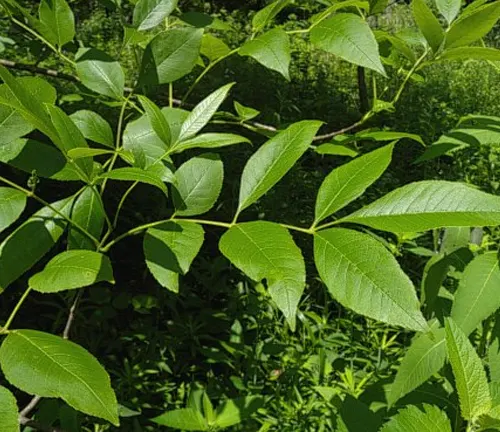
Where Do Black Ash Trees Grow?
The Black Ash Tree grows in the northeastern United States and Canada, flourishing in lowland and swampy areas. This tree is well-suited to cold climates, often found in USDA Hardiness Zones 2–4.
Adaptations to Climate and Habitat: This species prefers wet soils, particularly those rich in organic matter. While Black Ash trees are most common in temperate zones, their high tolerance to wet conditions makes them a crucial species in floodplain and swamp ecosystems. Their roots help retain soil in these areas, reducing erosion and promoting soil health.
How to Grow and Care for Black Ash Tree
The Black Ash Tree can be grown in garden settings, provided it has the right conditions. This tree requires specific care to mimic its native wetland habitat.
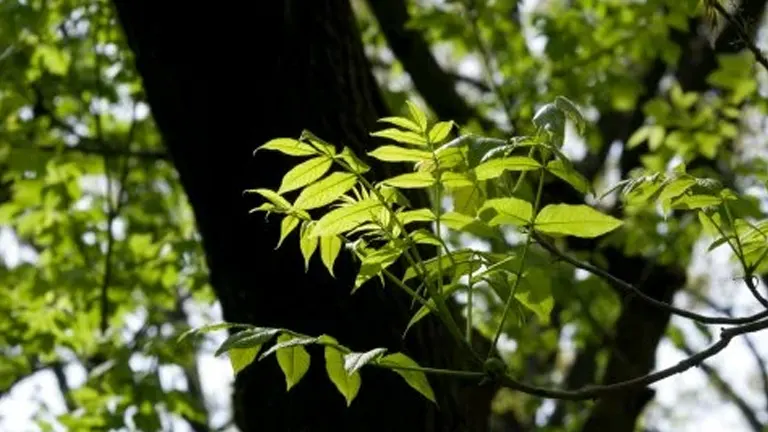
Growing and Care Tips:
- Soil Type: Black Ash trees prefer moist, loamy soils rich in nutrients.
- Water Requirements: Due to its preference for wet areas, Black Ash benefits from consistent moisture.
- Sunlight: Full sun or partial shade is ideal for Black Ash.
- Propagation: Black Ash can be propagated from seeds. Start seeds in moist conditions for the best growth results.
- Maintenance: Regular watering and periodic pruning are essential to maintain a healthy structure and control potential pest infestations.
Ecological Benefits of Black Ash Tree
The Black Ash Tree is a crucial part of its native ecosystem. It helps improve soil quality by promoting nutrient cycling and preventing erosion through its extensive root systems.

This tree also contributes to the water table by absorbing excess water and releasing it gradually, mitigating the effects of flooding.
Biodiversity Support:
- Provides nesting sites and food sources for birds and small mammals.
- Its seeds are consumed by various wildlife, including wood ducks and finches.
Ecological Benefits of Black Ash Tree
The Black Ash Tree contributes extensively to its ecosystem, especially in wetland and floodplain areas. The tree enhances water retention in soil, reduces erosion, and provides habitat for numerous species of birds and insects.
Its bark, leaves, and wood provide shelter and nesting sites for birds, while fallen leaves decompose to enrich the soil. This decomposition process helps improve soil quality by increasing nutrient levels.
Black Ash Tree Flowering and Pollination
The Black Ash Tree typically flowers in early spring. These flowers are small, usually greenish, and lack petals, which may make them difficult to spot. However, they are critical for pollination and attract a variety of bees and other pollinators.
Black Ash flowers play a significant role in pollination by supporting local bee populations. These insects, in turn, help pollinate other plants within the wetland ecosystem, creating a symbiotic relationship that supports both plant and insect life.
Is Black Ash Tree Drought-Tolerant?
While the Black Ash Tree is highly adaptable to wet conditions, it is less tolerant of prolonged drought. However, in areas where water is not abundant, occasional irrigation can support growth.
In drier areas, mulching around the base and ensuring supplemental watering during dry spells can help Black Ash trees thrive. Despite their preference for moist environments, these trees can adapt to drier soils with the right care.
Black Ash Tree and Wildlife Interactions
The Black Ash Tree provides shelter, food, and nesting materials for local wildlife. Many animals, including small mammals and birds, rely on Black Ash seeds as a food source. In addition, insects and various fungi thrive on its bark, creating a micro-ecosystem that supports other life forms.
Some bird species protect the tree by feeding on insects that might otherwise harm it, demonstrating the interconnectedness between the Black Ash Tree and local wildlife.
Conclusions
The Black Ash Tree (Fraxinus nigra Marsh) is more than just a tree; it is an integral part of wetland ecosystems and an important resource for both nature and humans. Its ecological contributions to soil health, water retention, and biodiversity are immense, and its wood has cultural significance, particularly in traditional craftsmanship. Conservation efforts are crucial to protect Black Ash trees, especially as they face threats from pests like the emerald ash borer.
By understanding and preserving the Black Ash Tree, we not only support the health of wetland ecosystems but also maintain a legacy that has deep roots in North American landscapes.
Frequently Asked Questions (FAQs)
- What is a Black Ash Tree?
The Black Ash Tree is a deciduous tree found in North America, known for its flexible wood and ecological benefits in wetlands. - Where do Black Ash Trees naturally grow?
They thrive in moist, swampy areas across the northeastern U.S. and eastern Canada, often near riverbanks and wetlands. - What are the main characteristics of a Black Ash Tree?
It has compound leaves with 7–11 leaflets, light gray, corky bark, and small purple flowers that bloom in spring. - What is the ecological role of Black Ash Trees?
They improve soil quality, prevent erosion, regulate water levels, and support local wildlife by providing food and habitat. - How can I grow and care for a Black Ash Tree?
Plant in moist, well-drained soil with full to partial sunlight. Regular watering and light pruning are essential for healthy growth. - Is the Black Ash Tree drought-tolerant?
No, it prefers wet conditions and struggles in droughts, so it may need supplemental watering in dry climates. - What wildlife interacts with the Black Ash Tree?
Its seeds and leaves are food for birds and insects, and it provides shelter for various small animals. - Why is the Black Ash Tree important?
It supports biodiversity, contributes to ecosystem health, and is culturally significant for traditional crafts and basket weaving.
We hope this guide has highlighted the importance of the Black Ash Tree. Have experiences or ideas on protecting these trees? Share your thoughts below and inspire others. Don’t forget to share this guide to promote conservation and sustainability.


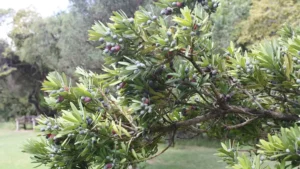

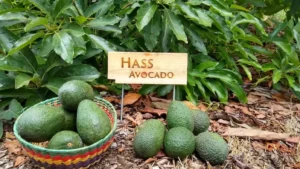
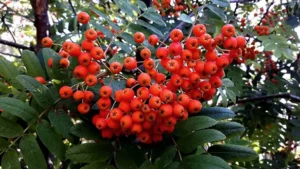
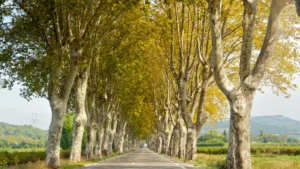

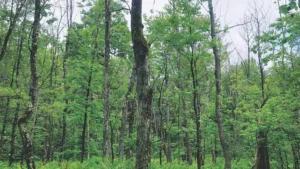
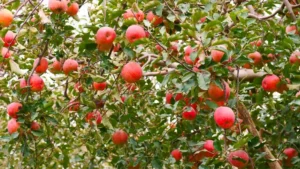
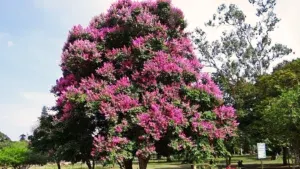
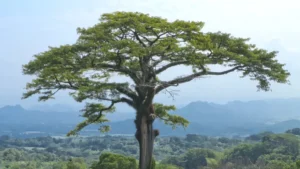
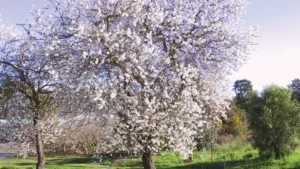
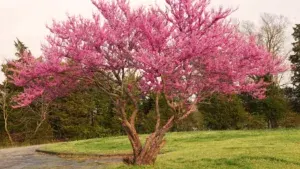
Leave your comment